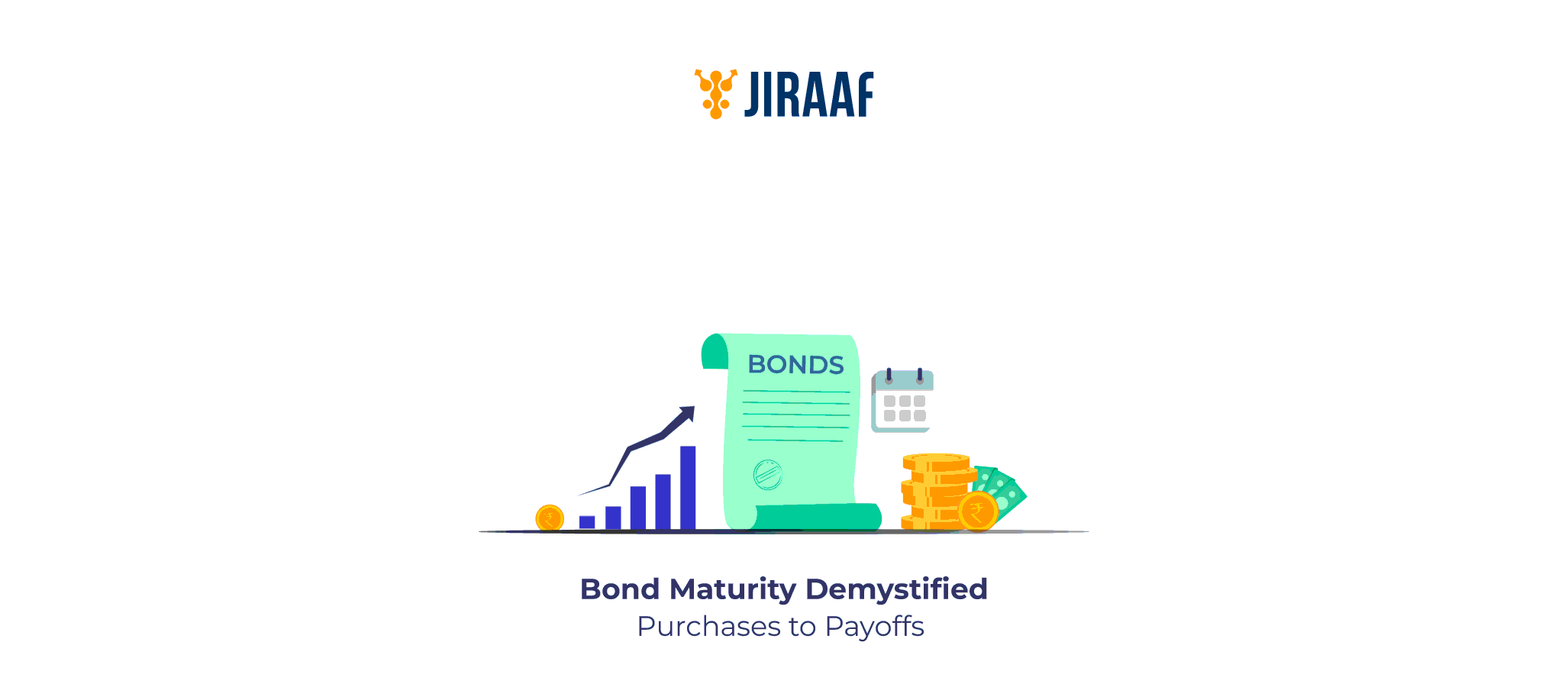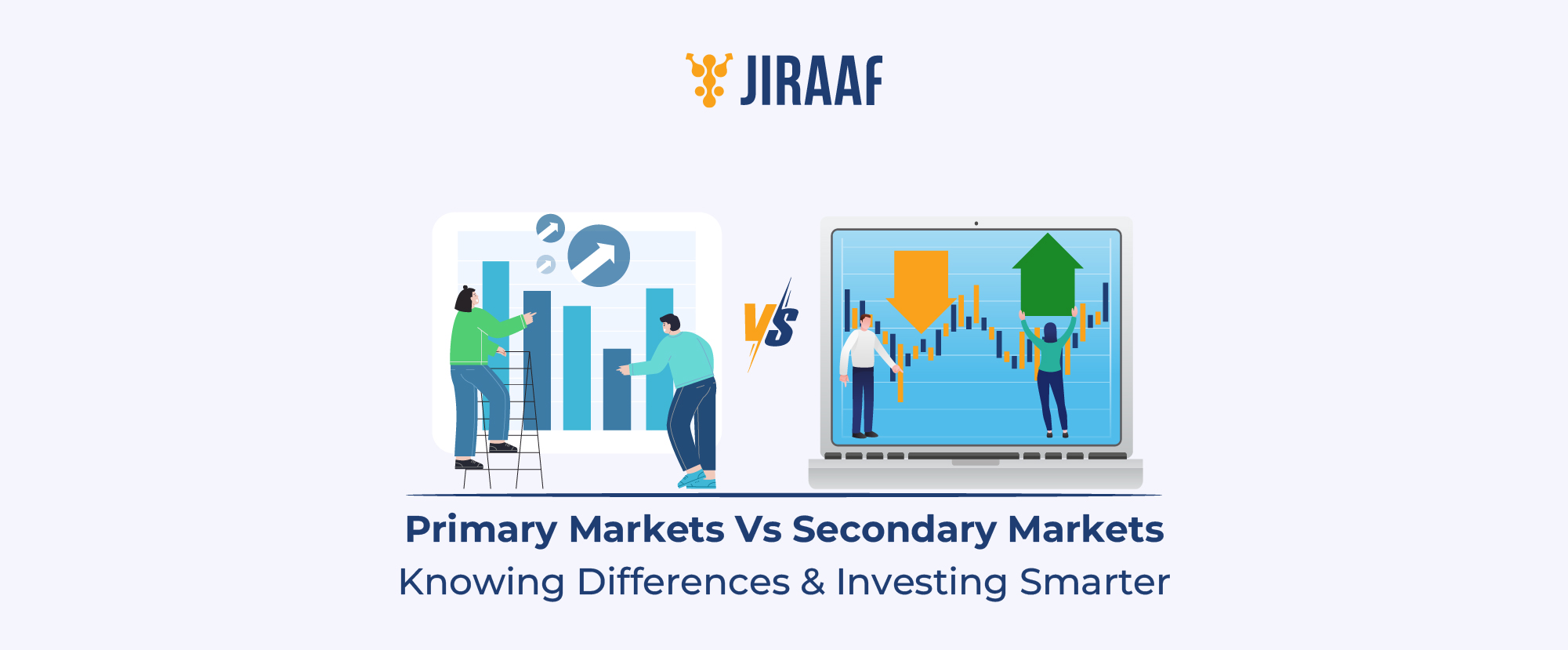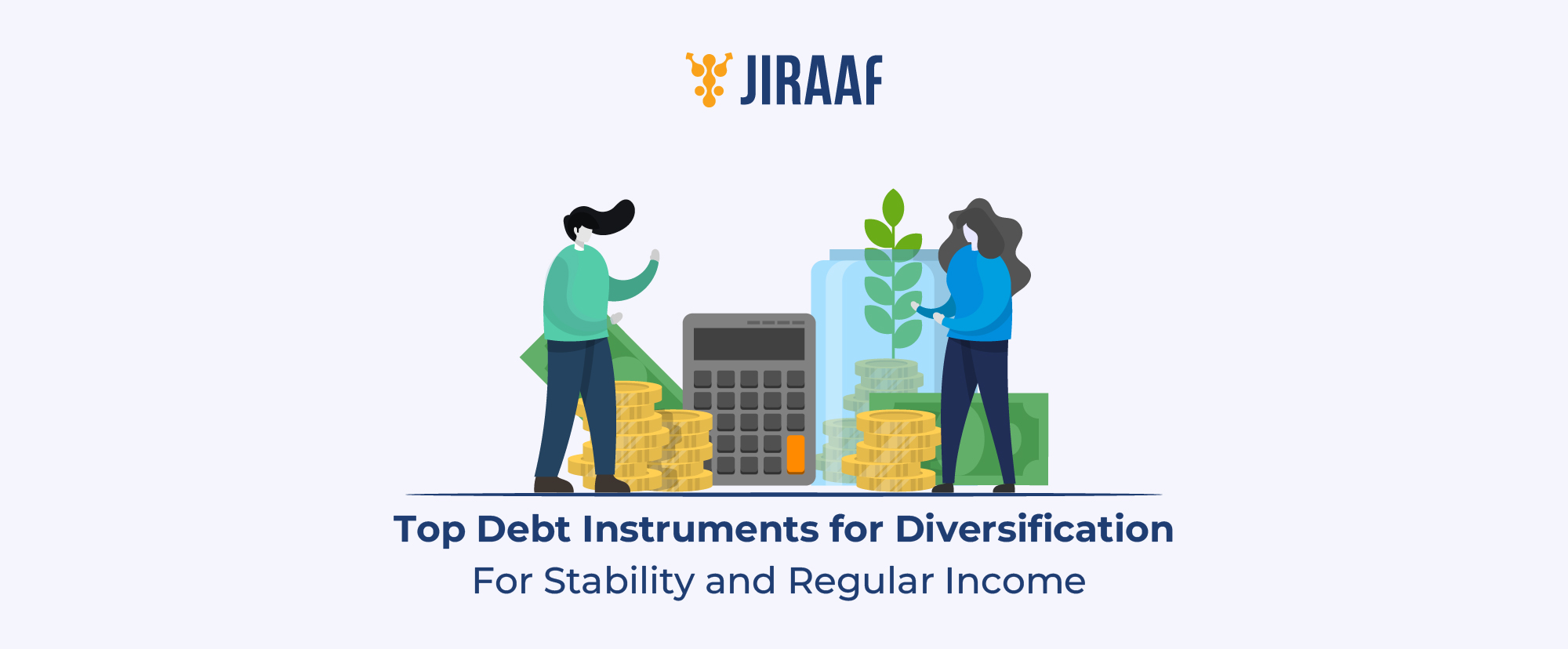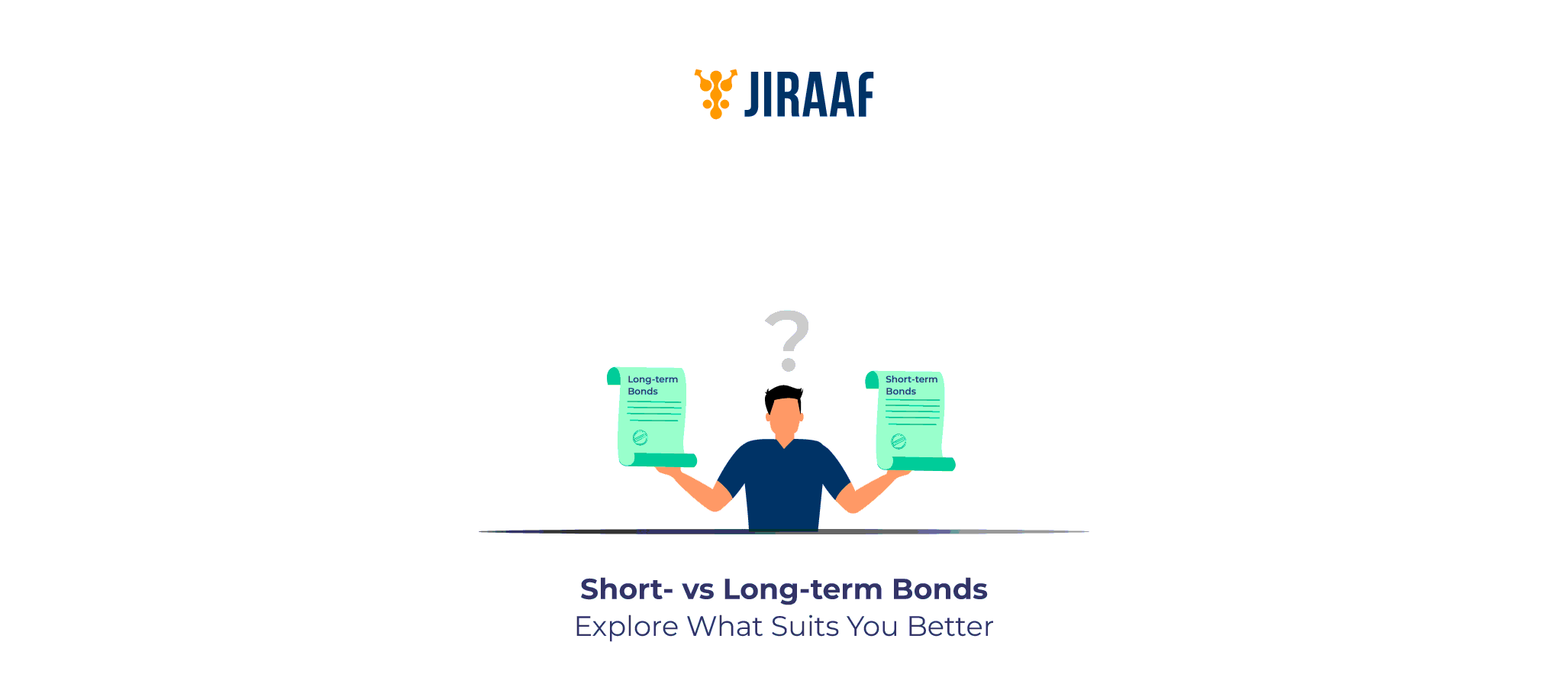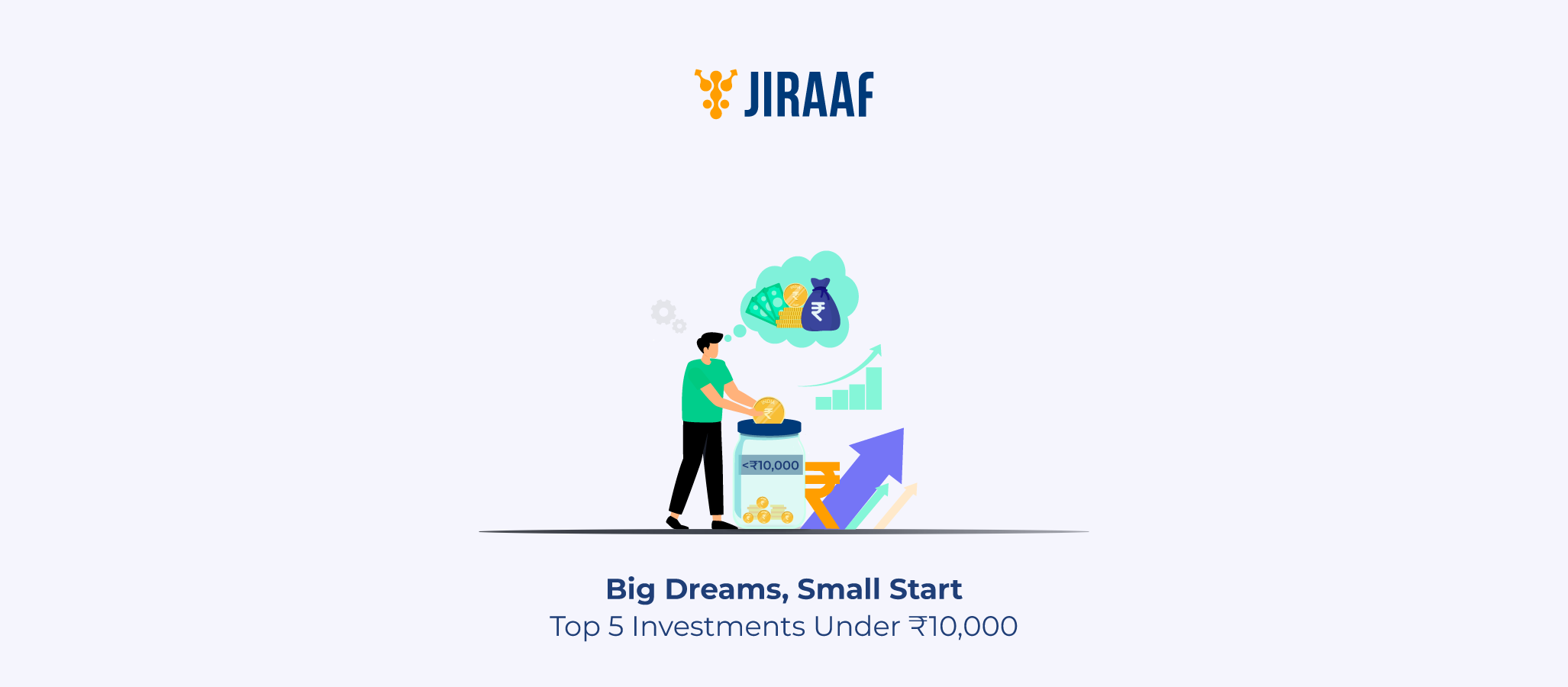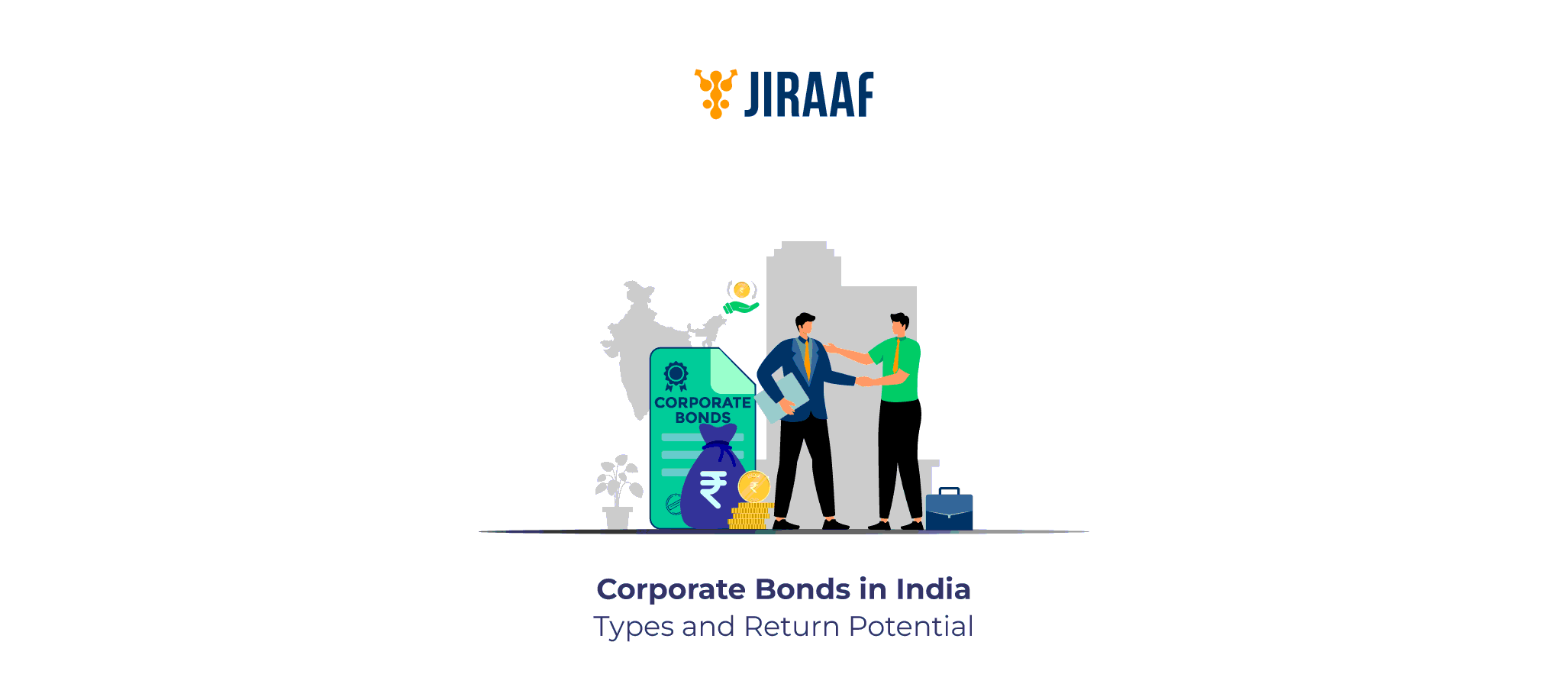Since bonds are essentially loans you give to an issuer, every bond comes with a repayment date, the point at which your principal amount is returned. This is known as the maturity of the bond. It marks the end of the bond’s life cycle when the issuer repays your invested amount and interest payments stop.
Just like any loan has a fixed tenure, the bond’s fixed maturity period determines how long your money stays invested, how much you earn, and how exposed you are to market fluctuations during that time.
In this blog, we’ll break down what bond maturity means, the different types of maturities, how it impacts your returns, how to calculate a bond’s maturity date, and why it’s a crucial factor in building a well-balanced investment portfolio.
Understanding the Concept of Bond Maturity
The maturity period of a bond refers to the duration between its issue date and the point at which the issuer repays the principal, and the bond ceases to earn interest (on maturity).
For example, if you invest ₹10,000 in a bond on January 1, 2025, with a 5-year maturity period, you’ll receive your principal back on January 1, 2030. Meanwhile, you will continue to earn interest every month, semi-annually or annually (depending on the bond) until maturity.
However, not all bonds mature in the same timeframe. The duration of that period can significantly influence your returns, risk exposure, and liquidity. Let’s explore the different types of bond maturities and how each fits into various investment horizons.
Types of Bond Maturity Periods
Here are different bonds categorized based on their maturity:
- Short-term bonds: Term of 1–3 years. They are less sensitive to interest rate swings and ideal for short-term goals like emergency funds.
- Medium-term bonds: Term of 3–10years. They offer a balance between growth and risk.
- Long-term bonds: Terms of 10 years or more. They typically offer higher yields but are more exposed to interest-rate sensitivity.
- Perpetual bonds: No fixed maturity. They pay interest indefinitely until the issuer redeems them voluntarily.
While maturity defines how long a bond remains active, some bonds come with special features that give either the issuer or the investor the flexibility to alter that timeline. This brings us to callable and puttable bonds, where maturity isn’t always fixed and can change based on certain conditions.
Callable Bonds vs Puttable Bonds: Flexibility in Maturity
Callable bonds, also known as redeemable bonds, give the issuer the right to “call back” or redeem the bonds before their maturity date. This option is clearly defined in the bond certificate. It allows issuers to repay investors early, often when interest rates fall, enabling them to refinance at lower costs.
On the other hand, puttable bonds offer you (the investor) the right, but not the obligation, to sell your bonds back to the issuer before maturity at predetermined prices. This feature provides downside protection, ensuring you can exit early if market interest rates rise or better opportunities emerge.
How does Bond Maturity Impact your Investment Returns?
The longer a bond’s maturity, the more sensitive its price is to interest rate changes. If interest rates rise, long-term bond prices fall significantly. On the other hand, short-term bonds remain relatively stable as they mature in 1-3 years.
When compared with short-term bonds, long-term bonds often yield higher coupon rates, rewarding you for a longer commitment and increased sensitivity.
Short-term vs Long-term Bonds: Which One to Choose?
Choosing between these two types of bonds depends on your financial goals and risk appetite. For example, you should choose short-term bonds if liquidity and safety matter to you the most.
You can opt for long-term bonds when rates are expected to fall, and you’re investing for a goal that is 10 years or more away, such as a retirement fund or wealth generation.
How to Calculate the Maturity Date of a Bond
Determining a bond’s maturity date is simple:
Maturity Date = Issue Date + Maturity Period
For example, buying a bond with a 5-year term on July 10, 2025, means your maturity date is July 10, 2030. That’s when you get your principal back, and interest payments will cease. This calculation is used to align bond investments with goals like education, weddings, or retirement.
Knowing how to calculate a bond maturity date helps you determine when your investment will conclude but understanding why that timeline matters is just as important. The maturity period directly influences how you plan your portfolio, balance risk and return, and ensure liquidity for future financial goals. Let’s discuss why the maturity period is so important.
Why Maturity Period Matters in Portfolio Planning
- Goal alignment: Matching bond maturity with your financing needs avoids premature selling.
- Risk management: Shorter maturities mean lower interest rate risk; longer ones offer yield but more volatility.
- Liquidity planning: Knowing maturity helps you plan when cash becomes available.
- Diversification: Mixing maturities (laddering) spreads risk and captures different yield levels across time.
Conclusion
In the years ahead, as India’s bond market expands and digital platforms make investing more accessible, understanding bond maturity will become more than just basic knowledge; it will be a strategic skill.
Investors who can align maturities with shifting interest rate cycles and evolving financial goals will be better positioned to capture opportunities and build portfolios that stay relevant in a changing market.
FAQs About Maturity Period in Bonds
The maturity period is the time from a bond issuance to when the issuer returns your principal, typically one to over 10 years. Short-term bonds under 3 years offer stability, while long-term bonds of more than 10 years offer higher yields. The maturity period helps align your investments with your financial timeline.
On maturity, the bond issuer repays your principal amount and interest payments cease. Your investment journey ends, and you get back your original invested amount. If it’s part of a ladder, you can reinvest or use it for planned expenses such as education or retirement.
Use short-term bonds if you need liquidity soon or if interest rates are rising—they carry a lower price risk. Choose long-term bonds if rates may fall and you’re investing for over 10 years, accepting some volatility for a higher yield. Consider your time horizon, risk tolerance, and income needs before choosing.
Most bonds offer a fixed coupon rate for the full maturity period. However, some bonds like floating rate bonds adjust interest based on benchmarks. Make sure to read the bond terms to know if the rate is fixed or floating.
Longer maturity generally offers higher yields but comes with a greater interest rate risk, prices drop more if rates rise. Short-term bonds give lower returns but reduce risk and protect capital. Align maturity to your tolerance, aiming for liquidity with short durations and inflation-beating returns with longer terms.
